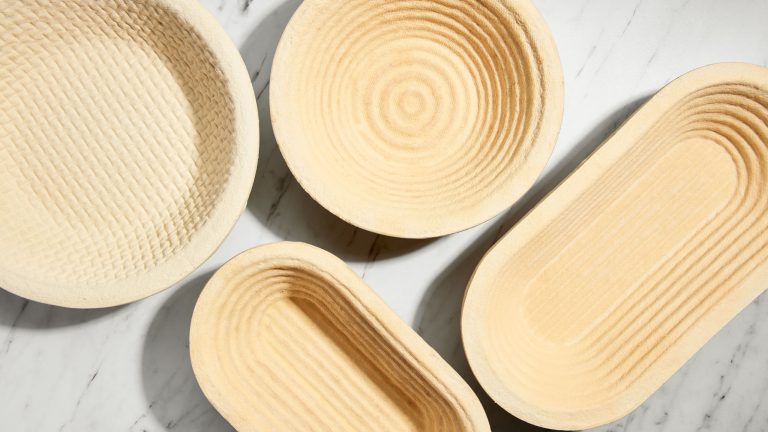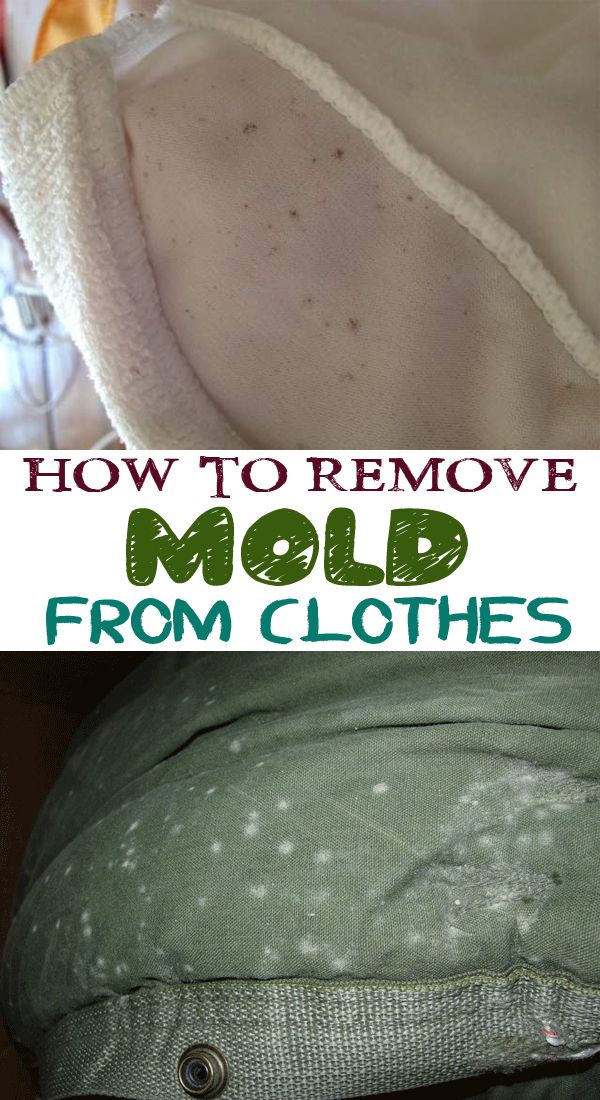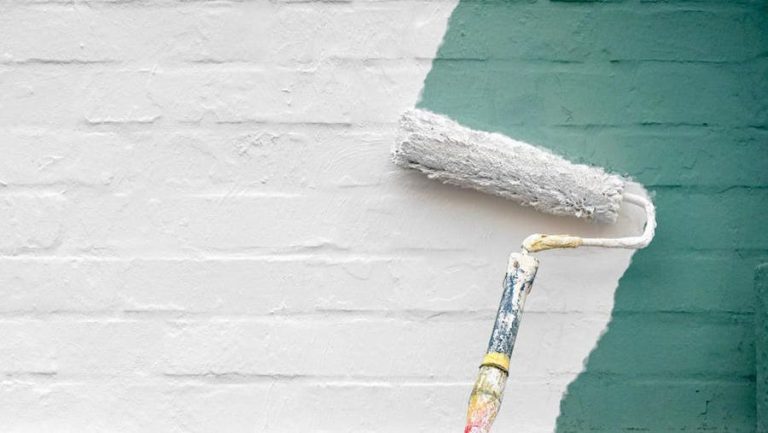How to Safely Remove Mold from Your Window Air Conditioner: Expert Tips
To clean mold out of a window air conditioner, use bleach and water solution to scrub the moldy areas thoroughly. Regular cleaning of air filters and proper maintenance can prevent mold growth in the future.
Mold in a window air conditioner can be a potential health hazard and decrease the unit’s efficiency. Regular cleaning and maintenance are crucial to ensure clean and fresh air circulation. We will discuss the step-by-step process to clean mold out of a window air conditioner effectively.
From using the right cleaning solution to preventive measures, you will find useful tips to keep your air conditioner mold-free and maintain its optimal performance. By following these guidelines, you can improve the air quality in your home and prolong the lifespan of your window air conditioner.
Identifying Mold In Your Window Air Conditioner
If you notice musty odors or black spots in your window air conditioner, you may have mold growth. To clean mold out of your window AC, start by unplugging it and removing the front cover. Dilute white vinegar with water and use a cloth to wipe away the mold, then let the unit dry completely before reinstalling.
Visible Signs Of Mold
If you suspect mold growth in your window air conditioner, it’s essential to know what to look for. Several visible signs can indicate the presence of mold. Keep an eye out for these cues:
- Dark spots or patches on the unit’s surfaces
- Fuzzy or powdery texture on the blades or evaporator coils
- Discoloration or staining of the air filters
- Black, green, or brown specks in the condensate tray or drainage system
- Unusual growth or presence of moldy substance in the air vents
If you observe any of these signs, there is a high likelihood that mold is indeed present in your window air conditioner. It’s crucial to take immediate action to prevent further contamination and potential health hazards.
Musty Odor
An unpleasant, musty odor emanating from your window air conditioner is another clear indication of mold growth. Mold releases volatile organic compounds (VOCs) that produce a distinct smell, often described as earthen or rotten. If you notice any unusual odors each time you turn on the unit, it’s time to investigate for mold.
However, it’s essential to note that not every mold problem comes with a detectable odor. In some cases, mold can thrive without causing noticeable smells. Therefore, it’s crucial to rely on visual cues and other signs discussed above to confirm mold presence in your air conditioner.
Now that you’re aware of the visible signs of mold and the musty odor it emits, you’ll be equipped to identify mold growth in your window air conditioner. Stay tuned for the next section, where we’ll delve into the steps to effectively clean mold out of your unit and prevent its recurrence.
Credit: www.businessinsider.com
Safety Precautions Before Removing Mold
Cleaning mold out of a window air conditioner is essential for maintaining the air quality in your home and preventing health issues. However, it’s crucial to prioritize safety when embarking on this task. By taking a few simple precautions, you can ensure your well-being during the cleaning process. In this section, we will discuss two key safety measures to follow before removing mold from your window air conditioner.
Turn Off The Power
Before starting the cleaning process, it is crucial to turn off the power to your window air conditioner. This step is important to prevent any accidental electric shocks or injuries. Follow these simple steps to turn off the power safely:
- Locate the power switch: Look for the power switch on your air conditioner unit or check the user manual for its exact location.
- Switch off the power: Flip the switch to the “off” position. This will effectively cut off the power supply to your window air conditioner.
Turning off the power ensures your safety by eliminating the risk of electrocution during the cleaning process. Take a moment to double-check that the power is completely switched off before proceeding to the next step.
Wear Protective Gear
Protecting yourself from mold spores and cleaning chemicals is essential when cleaning mold out of your air conditioner. To protect your health, it is recommended to wear the following protective gear:
- Gloves: Wearing disposable gloves will protect your hands from direct contact with mold and cleaning agents.
- Goggles: Mold spores can irritate your eyes, so wearing goggles will shield your eyes from potential harm.
- Face mask: A face mask or respirator is necessary to prevent inhalation of mold spores, as they can cause respiratory issues.
By wearing the appropriate protective gear, you can reduce your exposure to harmful substances and promote your overall safety during the cleaning process. Remember to discard gloves and masks properly after use to prevent contamination.
Now that we have covered these crucial safety precautions, you are ready to move on to the next step of cleaning mold out of your window air conditioner. Remember, safety should always be your top priority, as it ensures a healthy and successful cleaning process.
Steps To Safely Remove Mold
Mold can develop in a window air conditioner if it is not properly cleaned and maintained. To ensure a healthy indoor environment, it is crucial to follow the steps to safely remove mold from the unit. Here are the essential measures to take when cleaning mold out of a window air conditioner.
Removing The Filter And Grille
1. Switch off the air conditioner and unplug it from the power source before starting the cleaning process. This step is important for safety measures.
2. Locate the filter and grille of the air conditioner. Use a screwdriver to open the grille and carefully remove the filter from the unit.
- Inspect the filter for any visible mold and wash it with a mild detergent or replace it if necessary.
- Use a vacuum cleaner to remove any debris and dirt from the filter and grille.
Cleaning With Vinegar Solution
1. Prepare a vinegar solution by mixing equal parts of vinegar and water in a spray bottle.
2. Spray the solution onto the coils and other interior parts of the air conditioner, focusing on areas where mold is visible.
- Let the solution sit for 10-15 minutes to allow it to penetrate and break down the mold.
- Use a soft brush to scrub the coils and other surfaces to remove the mold and dirt effectively.
3. Wipe down the interior of the air conditioner with a clean cloth dampened with the vinegar solution to ensure all mold and debris are removed.
Preventing Mold From Returning
Keep your window air conditioner mold-free by following these simple steps to clean it thoroughly, preventing the mold from returning.
Regular Maintenance
To prevent mold from returning in your window air conditioner, regular maintenance is key. This includes cleaning the air filter regularly to remove dust, debris, and potential mold spores that can accumulate over time. A dirty air filter can lead to poor airflow and create a breeding ground for mold. Cleaning the filter is a simple task that can be done by gently washing it with warm, soapy water and allowing it to dry completely before reinstalling it. This ensures that your air conditioner is working efficiently and reduces the risk of mold growth.Improving Air Circulation
Another important step in preventing mold from returning is to improve air circulation around your window air conditioner. Stagnant, moist air can create the perfect conditions for mold growth. To optimize air circulation, make sure that there are no obstructions around the unit. Keep furniture, curtains, and other objects away from the air conditioner to allow the air to flow freely. Additionally, consider using a fan to help circulate the air in the room, which can help to prevent moisture buildup and discourage mold growth.Controlling Humidity Levels
Maintaining appropriate humidity levels in your home can also contribute to preventing mold from returning. Mold thrives in high humidity environments, so it is essential to keep the humidity levels in check. The ideal humidity range is between 30% and 50%. You can use a hygrometer to monitor the humidity levels and take steps to reduce humidity if it exceeds this range. Use a dehumidifier in rooms prone to moisture, such as bathrooms and basements, to remove excess moisture from the air. Additionally, ensure that your home is properly ventilated to allow for adequate airflow and moisture control.Inspecting And Repairing Leaks
One often overlooked aspect of preventing mold from returning is to inspect and repair any leaks in your window air conditioner or the surrounding area. Water leaks can create a damp environment that is conducive to mold growth. Check for any signs of leaks, such as water stains or dampness around the unit. If you notice any leaks, it is important to address them promptly. Repair any damaged seals or components that are causing the leaks to prevent further moisture buildup and mold growth. By implementing these preventive measures, you can significantly reduce the risk of mold returning in your window air conditioner. Regular maintenance, improving air circulation, controlling humidity levels, and repairing leaks all play a role in creating an environment that is less favorable for mold growth. By taking these steps, you can ensure that your window air conditioner remains clean, efficient, and mold-free.When To Seek Professional Help
If you have discovered an extensive mold infestation or are worried about potential health concerns, it may be time to seek professional help. These situations require specialized knowledge and skills to ensure the mold is safely and effectively removed from your window air conditioner.
Extensive Mold Infestation
If you notice that the mold problem in your window air conditioner is widespread and has infiltrated various components of the unit, it is advisable to consult a professional. They have the necessary expertise to assess the situation and employ advanced techniques to eradicate the mold effectively.
Bold, black patches of mold covering the air conditioner’s coils, fan, or vents indicate an extensive mold infestation. In such cases, attempting a DIY cleanup may not yield satisfactory results, and professional help becomes crucial.
Health Concerns
Mold can pose significant health risks, especially for individuals with respiratory conditions, allergies, or weakened immune systems. If you or someone in your household falls into these categories, it’s essential to prioritize their health and well-being.
While cleaning the mold yourself may seem like a cost-effective solution, it can release spores into the air, potentially exacerbating respiratory symptoms. Hiring a professional ensures that mold removal is done safely, minimizing the risk of health issues.
The presence of mold can also cause a range of health problems, including coughing, wheezing, nasal congestion, throat irritation, and skin rashes. If any of these symptoms persist or worsen, it’s best to consult a professional to address the mold issue promptly.

Credit: www.wikihow.com

Credit: www.wikihow.com
Frequently Asked Questions On How To Clean Mold Out Of A Window Air Conditioner
How Do I Clean My Window Air Conditioner?
To clean your window air conditioner, first, turn off the power. Then, remove the filter and clean it with a vacuum or warm soapy water. Use a mixture of water and detergent to clean the coils and fins. Finally, rinse and dry the parts before reassembling the unit.
Can I Use Bleach To Clean Mold In My Window Air Conditioner?
No, it is not recommended to use bleach to clean mold in your window air conditioner. Bleach can be harsh on the components of your unit and may cause damage. Instead, use a mixture of water and baking soda or a commercial mold cleaner specifically designed for air conditioners.
How Often Should I Clean My Window Air Conditioner?
It is recommended to clean your window air conditioner at least once a year. However, if you live in a particularly humid or dusty area, it may be necessary to clean it more frequently. Regular cleaning helps maintain the efficiency of your unit and prevents the accumulation of mold and bacteria.
Conclusion
Keeping your window air conditioner free from mold is crucial for maintaining a healthy indoor environment. By regularly cleaning and maintaining your unit using the tips provided you can ensure better air quality and efficient cooling. Remember, regular maintenance is essential for optimal air conditioner performance and longevity.




